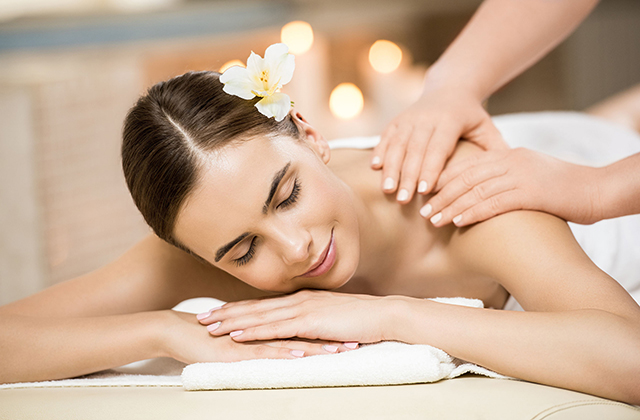TCM Northern Beaches combines natural herbs with acupuncture treatments may help in tandem by addressing circulation and other symptoms of internal organs. In the West we tend to think of medicine as something that we take internally, either a liquid or a pill. However, Traditional Chinese Medicine – also known as TCM – embraces far more than just a pill or something in a bottle, and includes such things as acupuncture, moxibustion, massage therapy, cupping, Chinese herbs, and more.
Chinese herbs alone include leaves, roots, stems, flowers, and seeds of plants, such as cinnamon bark, ginger, ginseng, liquorice, and rhubarb. However, they don’t only include parts of plants but also deer antlers, tiger bones, rhino horns, snake bile, and minerals such as arsenic, mercury, lead, and even asbestos. So the term TCM is very wide ranging. Furthermore, depending on whose figures you believe, TCM dates back anywhere between 2,200 and 5,000 years. Whichever figure is correct, it certainly has a long history.
What most people agree is that TCM is described in the earliest known written record which is from the 3rd century BC and is called Huangdi neijing (The Yellow Emperor’s Inner Classic). This describes the theoretical concepts that still remain the basis of Chinese medicine in London today which is that there are two opposing, yet complementary forces in the body – and indeed in the entire universe – known as yin and yang.
When these two forces are in balance and in harmony, the body is healthy. It is when they become out of balance that illness sets in. TCM seeks to restore the balance between yin and yang and bring the body back to health and wellbeing. Every phenomenon in the universe can be divided into yin and yang. So yin is the moon and yang the sun. Yin is cold, yang is hot. Yin is female, yang is male. Yin is water, yang is fire. These concepts can certainly be traced back to the Shang dynasty from 1600 BC – 1100 BC.
In addition, there is the five elements theory which maintains that everything in the universe can be broken down into wood, fire, earth, water, and metal.
According to TCM there are twelve (or some say fourteen) meridians, or channels, in the body through which run qi, which is simply energy. When the qi is flowing freely through these meridians which run from the skin to all the major organs, yin and yang are in balance and the body is healthy. It is when yin and yang become out of balance that the qi is unable to flow as it should to the various organs and ill health is the result.
Acupuncture is one of the most common ways to treat the problem. Acupuncture uses very fine needles which are inserted into the skin to a depth of perhaps ½ an inch into what are known as acupuncture points along the meridians. Again, depending who you believe, there can be 365 of these acupuncture points or as many as 2,000. Today, acupuncture needles are made of stainless-steel and are for one-time use.
The acupuncturist inserts the needles into a combination of points along the meridians which will depend on the particular problem that the patient has. Obviously, this takes some considerable time and practice to learn. The needles may also be manoeuvred by hand, or may have a small electrical charge attached to them in order to stimulate the acupuncture points. The acupuncture needles are usually left in place for between five and fifteen minutes. Electroacupuncture has been found to be particularly helpful when treating neuromuscular problems. Acupuncture is also sometimes accompanied by moxibustion which is the burning of small amounts of herbs on the acupuncture points.
The whole purpose of acupuncture is to bring yin and yang back into balance and thus restore the normal flow of qi through the meridians.
Acupuncture needles are as thin as hairs and are only for one use. Most people may feel slight pain as they are inserted, but nothing that is severe. However, for people with needle phobia the acupuncture points may be treated with acupressure which is the use of fingers to apply pressure to the point. It may take several visits to the acupuncturist before significant improvement of the condition is seen. However, when practiced by a licenced, trained acupuncturist, the method is extremely safe. Acupuncture offer differently from other TCM.
